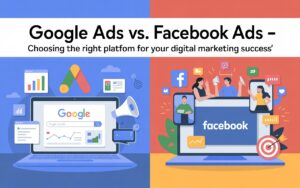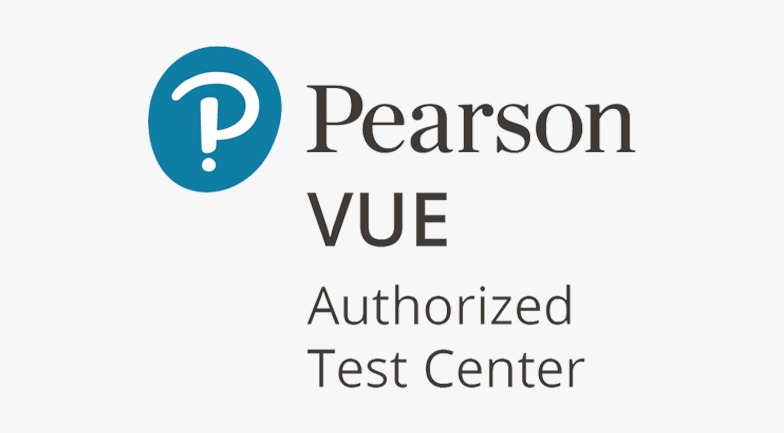Table of Contents
ToggleWhat Are the Basics of Google Ads?
In today’s digital landscape, advertising on Google Ads has become an indispensable part of any successful marketing strategy. Understanding the basic of Google Ads is crucial for businesses aiming to reach their target audience effectively and achieve their marketing goals. Let’s delve into the basics of Google Ads and explore how mastering these fundamentals can pave the way for successful advertising campaigns.
I. Understanding the Ad Auction
At the heart of Google Ads lies the ad auction, a dynamic process that determines which ads appear on Google’s search results page. The ad auction considers various factors such as the relevance and quality of your ads, your bid amount, and the expected impact of ad extensions. Your ad rank, a combination of bid and quality score, determines your ad’s position and whether it will be displayed.
II. Ad Formats in Google Ads
Google Ads offers a variety of ad formats to suit different advertising goals and preferences. Text ads, the most common format, appear alongside search results, while display ads showcase visual content across the Google Display Network. Video ads are perfect for engaging audiences on YouTube, while shopping ads enable e-commerce businesses to showcase their products directly on Google’s search results page. App campaigns promote mobile apps across Google’s vast network, driving app installs and engagement.
III. Campaign Types
Google Ads offers several campaign types, each tailored to specific advertising objectives. The Search campaign type targets users actively searching for products or services on Google, while Display campaigns reach users browsing websites, videos, and apps within the Google Display Network. Video campaigns engage audiences on YouTube, while Shopping campaigns showcase products to potential customers. App campaigns drive app installs and in-app actions, helping businesses connect with mobile users.
IV. Keyword Research and Targeting
Keyword research forms the foundation of any successful Google Ads campaign. Understanding the keywords your target audience uses when searching for your products or services is crucial for achieving relevance and driving quality traffic. Tools like the Keyword Planner help identify relevant keywords and estimate their search volumes. Effective keyword targeting involves selecting the right match types (broad, phrase, exact) and incorporating negative keywords to prevent irrelevant traffic.
V. Budgeting and Bidding Strategies
Setting budgets and bids strategically is essential for maximizing the performance of your Google Ads campaigns. Budgets determine how much you’re willing to spend on your advertising efforts, while bids dictate how much you’re willing to pay for clicks or other desired actions. Manual CPC bidding allows you to set individual bids for each keyword, while automated bidding strategies like Target CPA and Target ROAS leverage machine learning to optimize bids for conversions and revenue.
VI. Ad Copywriting Best Practices
Compelling ad copy is the cornerstone of successful Google Ads campaigns. Writing ad copy that resonates with your target audience and compels them to take action is key to driving clicks and conversions. Focus on highlighting unique selling points, using clear and concise language, and including a strong call-to-action. Experiment with different ad variations and test their performance to identify what resonates best with your audience.
VII. Tracking and Measurement
Measuring the performance of your Google Ads campaigns is crucial for understanding their effectiveness and optimizing for better results. Conversion tracking allows you to track actions that are valuable to your business, such as purchases, sign-ups, or phone calls. Key performance metrics like click-through rate (CTR), conversion rate, and return on ad spend (ROAS) provide valuable insights into campaign performance and help guide optimization efforts.
VIII. Ad Extensions
Ad extensions enhance your ads with additional information and features, making them more compelling and engaging to users. Sitelink extensions direct users to specific pages on your website, while Callout extensions highlight key benefits or offers. Structured Snippets provide additional details about your products or services, while Location extensions display your business address and phone number. Utilizing ad extensions can improve ad visibility, increase click-through rates, and drive more qualified traffic to your website.
IX. Conclusion
Mastering the basics of Google Ads is essential for achieving success in digital advertising. By understanding the ad auction, leveraging different ad formats and campaign types, conducting thorough keyword research, and implementing effective budgeting and bidding strategies, businesses can create impactful advertising campaigns that drive results. Continuous testing, tracking, and optimization are key to staying ahead in the ever-evolving landscape of Google Ads. With the right knowledge and strategies in place, businesses can harness the power of Google Ads to reach their target audience, drive conversions, and achieve their marketing objectives.
For more insights and advanced techniques, consider enrolling in a Digital Marketing Course, or check out our Google Ads Crash Course for a comprehensive guide to mastering Google Ads. Don’t let your education go off track—empower yourself with the knowledge and skills needed to succeed in the world of digital advertising.









